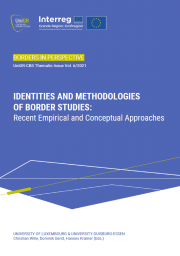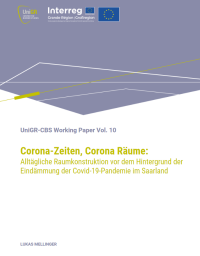Borders in Perspective Vol. 6

In recent decades, Border Studies have gained importance and have seen a noticeable increase in development. This manifests itself in an increased institutionalization, a differentiation of the areas of research interest and a conceptual reorientation that is interested in examining processes. So far, however, little attention has been paid to questions about (inter)disciplinary self-perception and methodological foundations of Border Studies and the associated consequences for research activities. This thematic issue addresses these desiderata and brings together articles that deal with their (inter)disciplinary foundations as well as method(olog)ical and practical research questions. The authors also provide sound insights into a disparate field of work, disclose practical research strategies, and present methodologically sophisticated systematizations.


